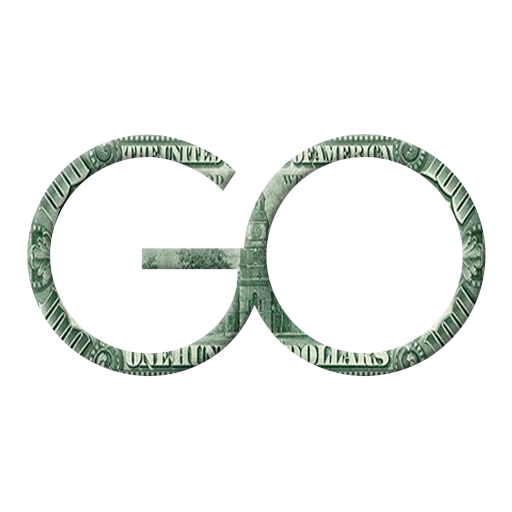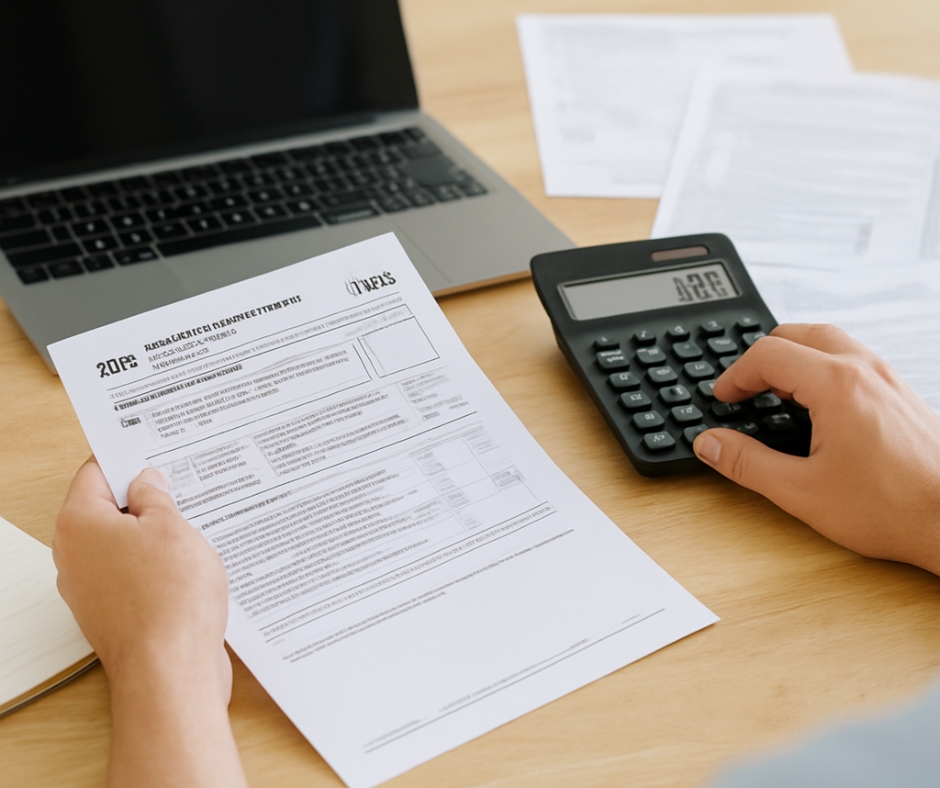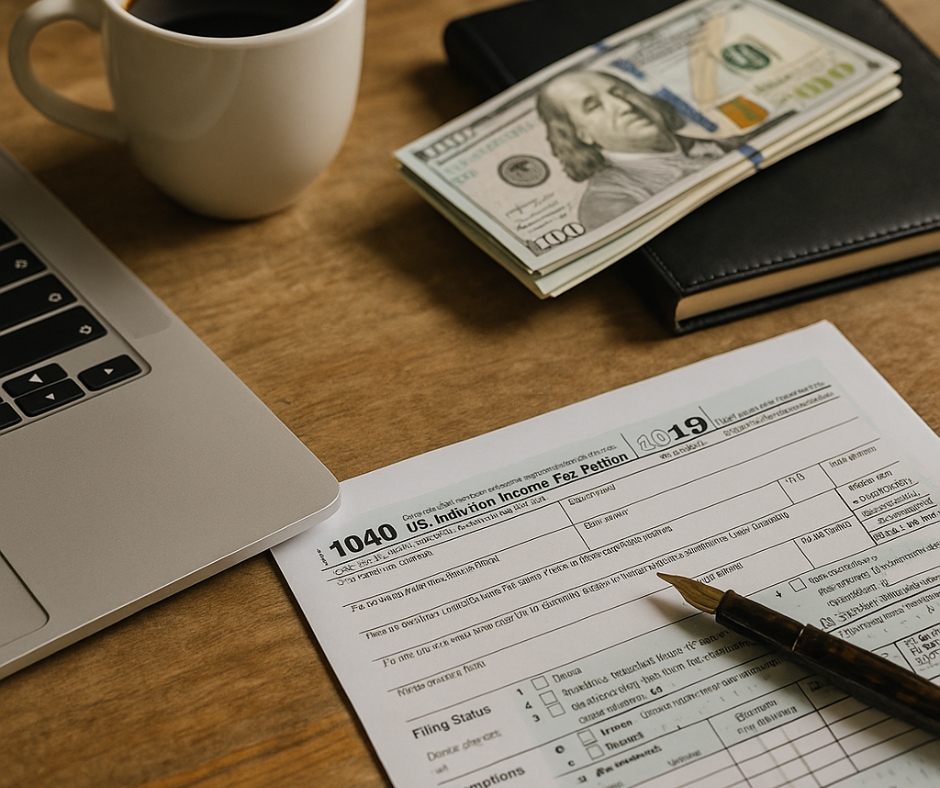When running a business, clarity is key—and understanding fixed vs variable costs can provide just that. These two foundational cost categories influence everything from pricing and forecasting to scalability and profitability. Without a clear grasp of how they function, many businesses risk mismanaging their budgets and missing opportunities to grow strategically. Let’s go deep and break it all down.
💼 Understanding Fixed Costs
Fixed costs are the backbone of your business’s expense structure. These are costs that do not change with your production volume or sales output. Whether you sell ten products or ten thousand, fixed costs remain the same—month in and month out. These expenses are predictable, which makes them incredibly useful for budgeting.
For instance, your monthly office rent, employee salaries, and software subscriptions are considered fixed costs. You must pay them regardless of your business’s revenue. Because of this, fixed costs are often viewed as long-term financial commitments. In many ways, they represent the cost of simply “keeping the lights on.”
The benefit of fixed costs is predictability. You can forecast them with accuracy and plan ahead. However, the downside is inflexibility. If revenue drops suddenly, you still owe that rent and those salaries. This is why many startups choose to stay lean until revenue becomes more consistent—minimizing fixed costs allows for greater agility in uncertain times.
📈 Understanding Variable Costs
On the other hand, variable costs change directly in proportion to business activity. As your sales or production levels go up, so do these costs. Conversely, if sales drop, variable costs decrease too. This gives businesses a degree of elasticity and flexibility in their spending.
Common examples of variable costs include raw materials, packaging, shipping, production labor (in some cases), and utility usage in manufacturing facilities. For service-based businesses, variable costs could also include subcontractor payments or travel expenses that vary based on client projects.
Variable costs are advantageous because they scale with success. As your business grows, you’ll incur more of these costs—but you’re also generating more revenue. The key is to maintain healthy margins as these costs rise. A business with well-managed variable costs can reinvest profits into further growth without the weight of immovable expenses dragging it down.
🧠 Real-Life Examples for Better Clarity
Let’s bring this to life. Imagine you run a subscription-based coffee delivery service.
- Your fixed costs might include your website hosting, your fulfillment software, warehouse rent, and salaried employees.
- Your variable costs would include the coffee beans, packaging materials, postage for delivery, and per-unit labor for packing boxes.
Now, suppose one month you double your subscriptions. Your fixed costs won’t change—but your variable costs will. You’ll need more beans, more boxes, and more postage. However, the more you scale, the more efficient your cost-per-unit can become. That’s the power of economies of scale—but only if you’ve structured your variable costs wisely.
📊 How to Analyze Fixed vs Variable Costs
To get the most value from this knowledge, you must analyze your costs routinely. Start by categorizing every expense as either fixed or variable. Some costs may blur the lines—these are called semi-variable costs (like a salaried worker who also earns commission). These still need to be accounted for.
Here’s a simple framework to follow:
- List every recurring business expense.
- Assign it to a category: fixed, variable, or semi-variable.
- Create a spreadsheet that updates monthly.
- Identify cost trends as sales rise or fall.
Using this analysis, you can also calculate your contribution margin—which is the revenue remaining after variable costs are subtracted. This margin helps determine how much you can afford to spend on fixed costs and reinvestments while maintaining profitability.
💡 Cost Management Tips for Sustainability
Once you’ve identified your cost structure, it’s time to optimize it. Here’s how to keep both fixed and variable costs working in your favor:
For Fixed Costs:
- Negotiate long-term lease agreements with flexible terms.
- Outsource functions like IT or customer service when you don’t need full-time roles.
- Use cloud-based solutions instead of purchasing physical infrastructure.
- Downsize office space if remote work is an option.
For Variable Costs:
- Source raw materials in bulk to lower per-unit costs.
- Build strong supplier relationships to negotiate better terms.
- Reduce waste by tightening inventory controls.
- Automate repetitive tasks to save time and labor.
These small adjustments can compound over time into significant financial advantages—especially if you’re scaling up.
💰 The Profitability Impact
A strong understanding of fixed vs variable costs helps you identify your break-even point—the exact sales volume needed to cover all expenses. Everything beyond this point is profit.
This metric informs pricing strategy, investment decisions, and marketing budgets. For example, if your fixed costs are high, you’ll need to price your products higher or sell more volume to reach profitability. Alternatively, reducing your fixed costs can lower the break-even threshold, making it easier to turn a profit.
Moreover, a lower break-even point can be a competitive advantage in tough markets. It gives you breathing room during seasonal slowdowns or market shifts. That flexibility can make or break a business’s ability to survive.
📅 Budgeting Strategies That Work
Combining this deep insight into your cost structure with smart budgeting tools allows for more agile and resilient planning.
Try these strategies:
- Use zero-based budgeting to reassess every expense regularly.
- Build a buffer into your budget to handle unexpected spikes in variable costs.
- Use rolling forecasts to adjust your budget as actual data becomes available each month.
- Establish a profit-first model where your budget ensures profit allocation from the start.
By budgeting this way, your business can absorb shocks, stay focused, and make data-driven decisions that support sustainable growth.
🧭 Final Thoughts
Understanding fixed vs variable costs isn’t just a numbers game—it’s a strategy. Every dollar you spend plays a role in either driving your business forward or holding it back. By mastering this distinction and revisiting your cost analysis often, you’re building a smarter, leaner, and more profitable business.
If you want to take control of your business finances and lead with clarity, this knowledge is your starting point.
Now that you’ve got the framework, are you ready to apply it?













